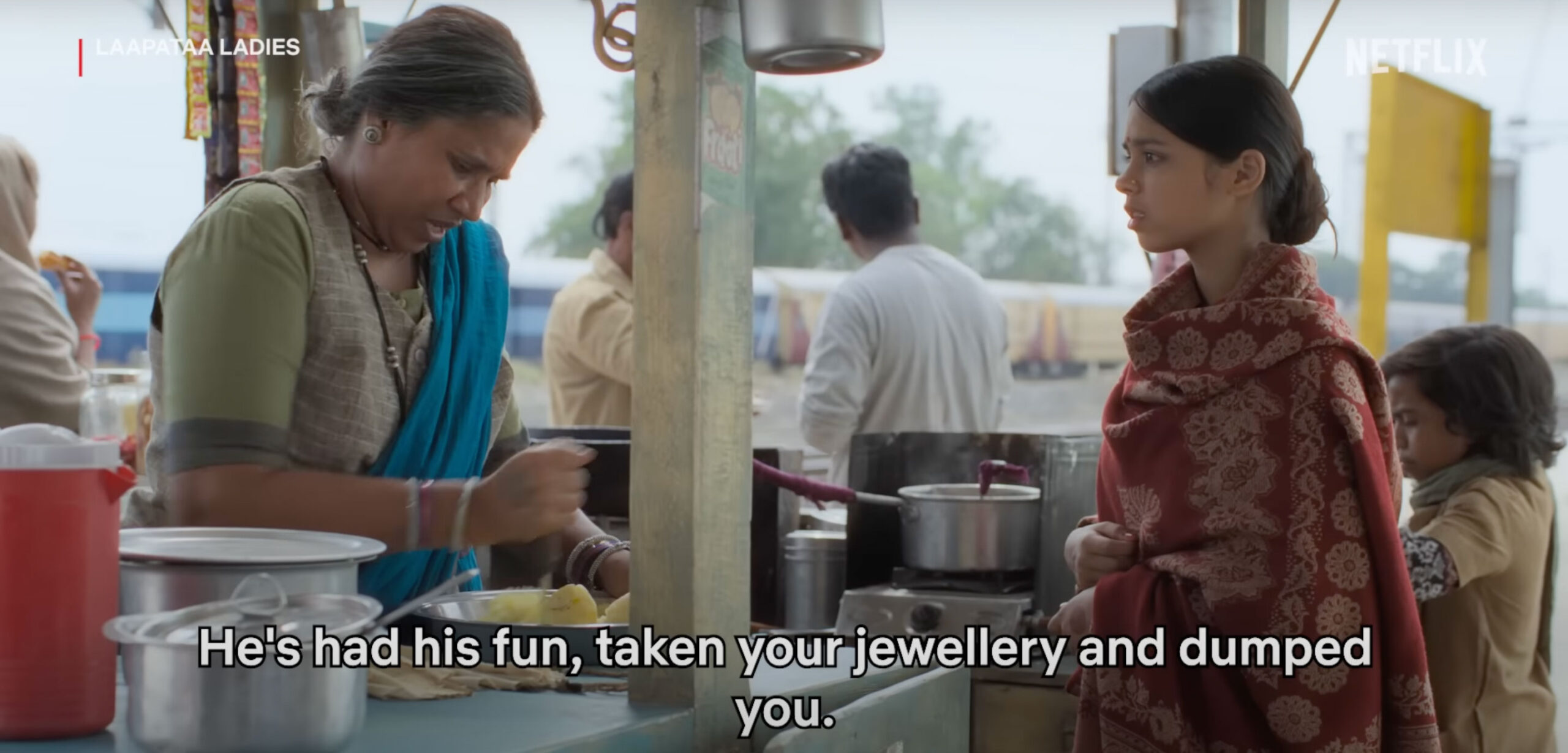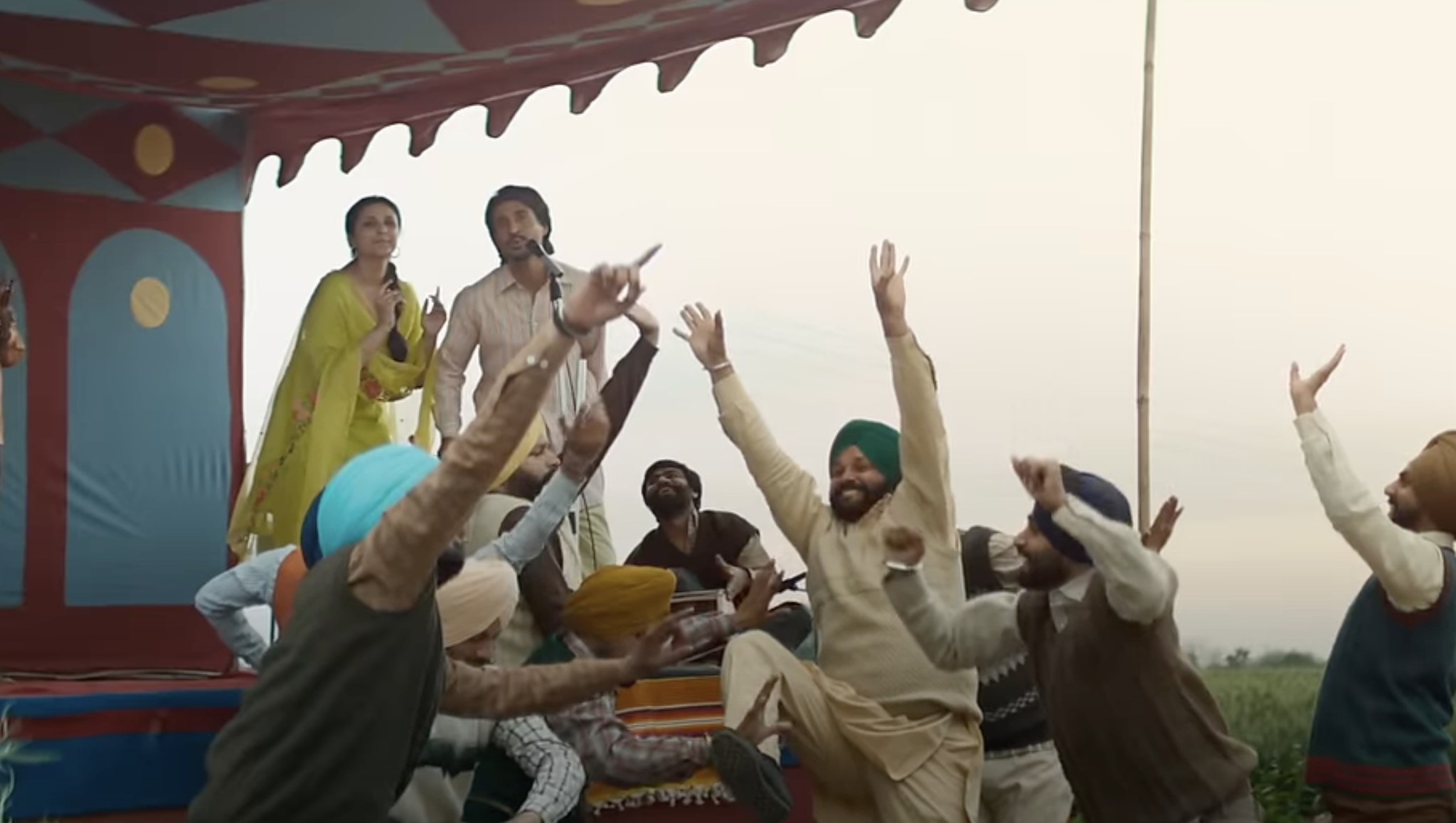Champaran Mutton, a cinematic creation by the esteemed Film and Television Institute of India (FTII), Pune, has achieved the notable distinction of advancing to the semi-final round of the esteemed Oscar Student Academy Award nominations. Crafted under the adept guidance of writer and director Ranjan Umakrishn Kumar, this short film intricately weaves a narrative around the multifaceted themes of caste politics, economic constraints and societal discrimination. Set in Champaran, Bihar, the film tells the poignant story of a family grappling with everyday challenges. A compelling motive revolving around the preparation and consumption of Champaran Mutton, a local delicacy that has transcended regional boundaries to attain widespread popularity across the nation, propels the narrative. Through an exploration of cultural nuances and socio-political dynamics, Champaran Mutton delves into the intricacies of familial struggles while addressing broader societal issues.
The film opens with the familiar sound of onions sizzling in a frying pan, followed by a close-up shot of a hand stirring finely chopped bitter gourd. A spatula deftly manoeuvres through the vegetable, before the face of the woman engrossed in the art of cooking, is revealed. Simultaneously, the distant sound of temple bells and a man washing his feet in the home contribute to the immersive atmosphere. As the narrative unfolds, we are introduced to Ramesh (played by Chandan Roy) and his wife (played by Falak Khan), the central characters. Ramesh’s wife is dedicated to her culinary pursuits but she has to work within financial constraints and put up with the nagging from family members due to the absence of mutton in the meals. The Chhath Puja festival is round the corner, non-vegetarian dishes are off the menu as is the norm leading up to the celebration.
The director’s decision to use Bajjika, a language spoken in the Terai region of northern Bihar and southern Nepal, rather than the more mainstream Hindi, immediately sets this work apart. This linguistic choice lends authenticity to the film, immersing viewers in the lives of the characters and the region they inhabit. The rawness and beauty of the language, untouched by the polish of Bollywood cinema, create a sense of intimacy and relatability. Director Ranjan further enhances the film’s nuanced narrativization by taking on the role of the village headman (mukhiya) himself. This bold move serves to blur the lines between fiction and reality, inviting viewers to question the nature of representation and the power of storytelling. By portraying an “upper caste” character despite his own Dalit identity, Ranjan challenges societal norms and underscores the film’s central theme of upward mobility and the pursuit of equality. This metanarrative device not only adds depth and complexity to the story but also serves as a powerful commentary on the director’s own aspirations for the film’s protagonists and for individuals like them in the real world. Through its linguistic choices and innovative narrative structure, the film deftly captures the essence of a marginalized community while simultaneously challenging the status quo. It is a cinematic triumph that not only entertains but also provokes thought and inspires action.
The craving for meat, particularly the renowned mutton from Champaran district in Bihar, becomes a point of contention between Ramesh and his wife. Meanwhile, in the village, the sound of the musical instruments playing in the house of the village head (mukhiya) indicates to both Ramesh’s wife and the audience that wedding celebrations are in full swing. The quarrels of the couple reveal their financial challenges. Ramesh’s wife is craving for mutton and finds out that mutton would be served as part of the wedding feast at the “upper caste” headman’s house. Sadly, though, she is not invited and compels her husband to buy mutton. Ramesh is irritated by his grandmother gatecrashing the Mukhiya’s wedding, driven solely by her craving for mutton. His wife’s constant craving for mutton, which she then has suppressed, only adds to his frustration. The financial strain further complicates the situation. Nevertheless, he begins making arrangements to buy mutton.
The subsequent scenes depict Ramesh’s attempts to arrange money for the mutton. In this pursuit, he faces rejection and humiliation, reflecting the socio-economic disparities prevalent in the village. The tension escalates when Ramesh and his brother approach the village headman seeking monetary assistance. Ramesh is initially reluctant to visit the headman but is persuaded by his brother to accompany him to his house. When they enter the headman’s house, the camera subtly highlights their arrival by focusing on a platter being served to two individuals, comprising mutton and rice. The latest visitors’ stature is diminished, in keeping with their lower social status, but their craving for mutton symbolizes their aspiration to transcend these societal hierarchies. The village head’s disdainful attitude is apparent. He humiliates Ramesh for daring to ask for money and for his outspoken and assertive attitude. The village head’s henchman reminds Ramesh of his refusal to dispose of the dead calf and clean the gutter during the wedding. Ramesh asserts himself and reiterates his stand: He is educated and has an honours degree in history, so why should he do such menial tasks?
The film subtly emphasizes the importance of education, particularly a degree in history, which has taught Ramesh about the historical injustices perpetrated by the people of the “upper” strata against his community for thousands of years. It has also taught him about anti-caste leaders who have taught him to fight back. In this way, Ramesh’s academic background becomes a source of empowerment, challenging the stereotypical expectations assigned to his caste. The headman is not amused by this assertion and he further humiliates Ramesh – “Your father’s years were spent cleaning gutters and disposing of dead cattle”. On hearing this, Ramesh is about to leave, when he turns back and yells at the headman, “Hey, listen! It’s not a rule that the sons must do what their fathers did.” This retort is a powerful testament to Ramesh’s reclamation of self-esteem and individuality.
Ultimately, Ramesh decides to break free from societal norms and resolves to buy mutton by mortgaging his bike. Soon, Ramesh and his family are seen savouring the mutton in a symbolic act of defiance. It is a picturesque scene – the family enjoying their meal in the fields, accompanied by Kabir’s verses sung in a soulful melody, encapsulating the triumph of individual will over societal expectations.
The film delicately explores themes of social hierarchy, economic struggles, and the pursuit of personal aspirations within the cultural context of rural Bihar. Through compelling storytelling, meaningful songs playing in the background and nuanced character development, the film is a poignant commentary on the complexities created by societal norms and the resilience of the individual’s assertion in the face of adversity.






